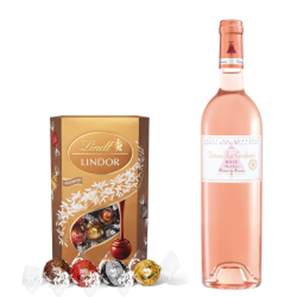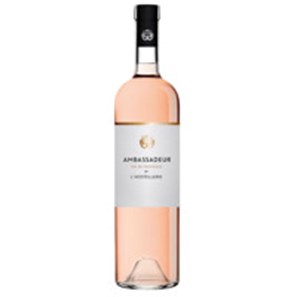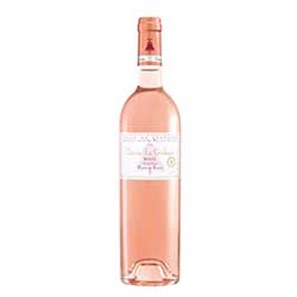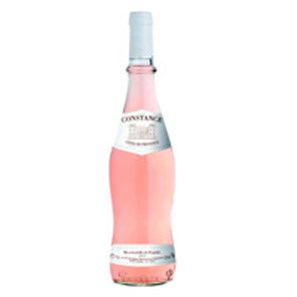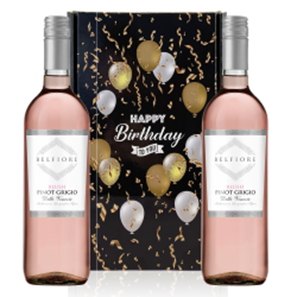If you need help buying the perfect present for any occasion, you’ve come to the right place. Our Knowledge Hub contains advice and information on the art of gift-giving, helping you put a smile on your loved ones’ faces. Read now.
There’s a reason why many wine connoisseurs find rosé much more fascinating than reds or whites. The latter types typically require a sniff and a sip before you could tell what it is, where it’s from and what food goes well with it. Rosé, on the other hand, offers a world of information even at just a glance.
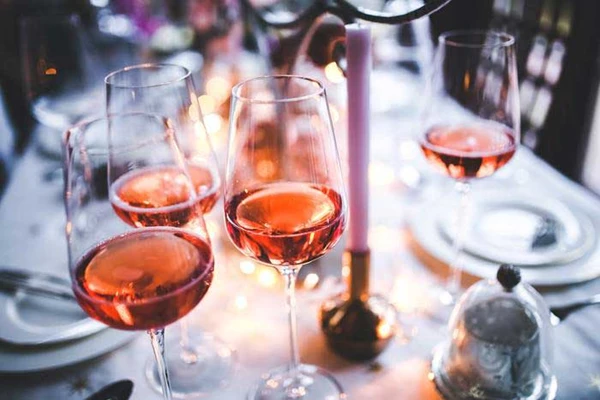
Sure, a rosé has a distinct flavour and aroma, but its identifying characteristic — and experts agree on this — is its colour. In fact, the only rosé research facility in the world, the Centre de Recherche et d'Expérimentation sur le Vin Rosé (The Center for Rosé Research), banks primarily on this identifier. Its researchers analyse about a thousand samples of rosé wines from all over the globe in terms of aroma, flavour, biological composition and above all, hue.
It’s no surprise, therefore, that wine experts have established a colour system to classify rosé wines. This helps them with categorisation. Find out where your UK rosé wine gifts fall on the rosé rainbow.
The Origins of the Colour of Rosé
Compared to reds and whites, rosé wines are exceedingly diverse in terms of colour. In fact, anything from nearly-clear and pinkish to purply-pink can qualify as a rosé. This range expands continuously, as winemakers vinify different types of grapes to produce rosé with a never-before-seen hue.
Winemakers have complete control over the final colour of the rosé. The pink wine gets its colour from coming in contact with the skin of red grapes. Unlike red wines, which ferment for weeks on red grape skins, rosé wines touch the skins for only a few hours. The longer the grape juice is in contact with the skins, the darker the rosé becomes. The juice is then removed from the grape skins and fermented.
Different regions have found their niche in rosé making. Northern countries like Switzerland, Austria and Germany produce the palest types, while southern states like Italy, Spain and Greece produce the darkest. The rosé from Provence, France — home to the Center of Rosé Research and the largest producer of the pink wine — boasts an almost-clear rosé, which is saved from the white category by a hint of salmon in its hue.
The Color Gradient of Rosé
Because of colour diversity, The Center for Rosé Research developed paper colour charts that make it possible to quantify the colour in terms of intensity and nuance. The chart, aptly named nuancier, contains over seventy swatches of rosé colours, ranging from sunshine yellow to purply-pink. This chart, however, forces people to compare a liquid to an opaque paper surface.
So, the Center also developed a simplified gel version of the colour chart, which categorises consumer preferences in six hues. The colour range is as follows:
The Peach variant is the palest — its colour borders on clear white. On the other hand, the Redcurrant variant sports a vibrant coral colour. The Mango and the Mandarin both have orange notes, while the melon has hints of yellow.
Take note, however, that looking at the gorgeous colour of rosé is but part of the fun. You need to pop open a bottle, pour the contents into a proper glass and savour its unique flavours. Contact us for the best rosé wines today.
